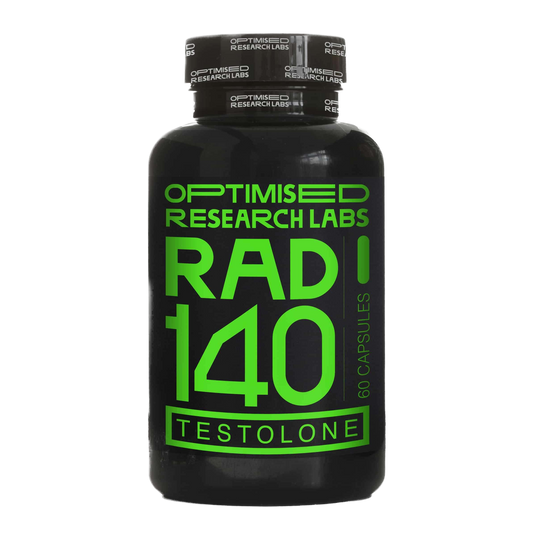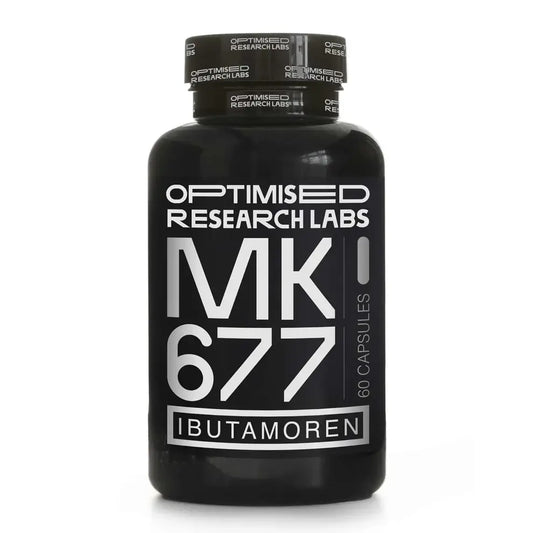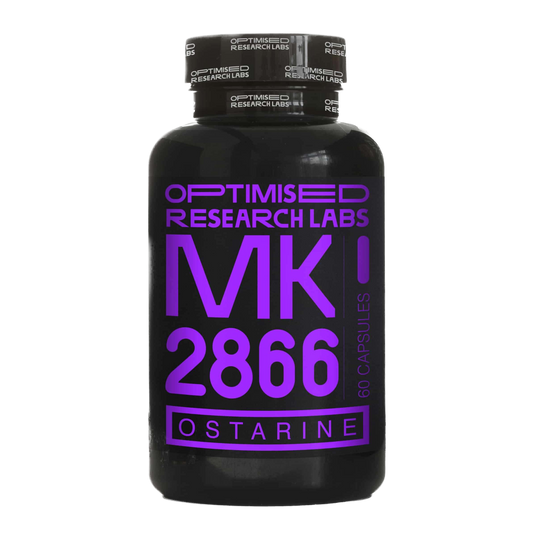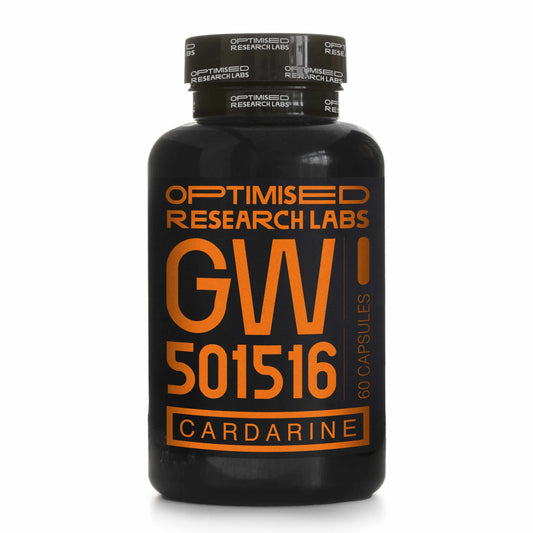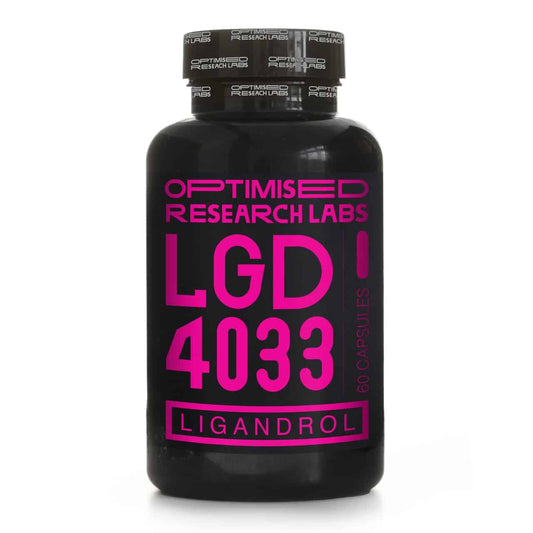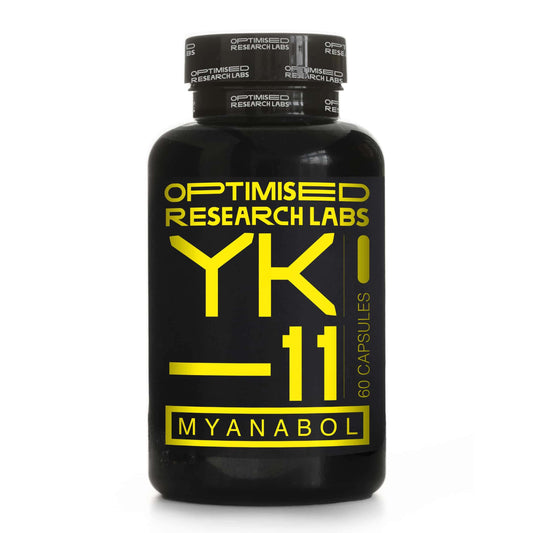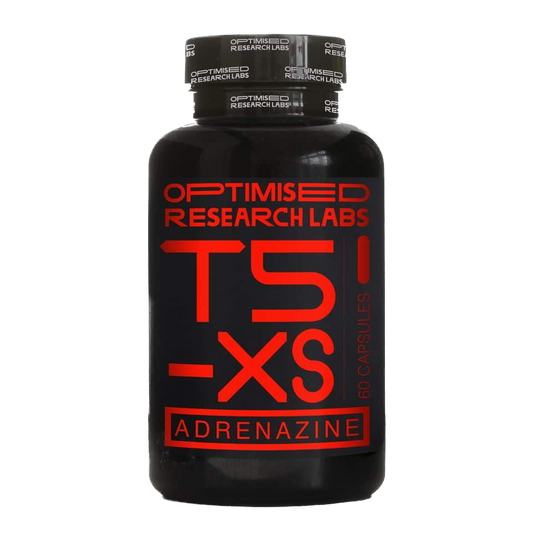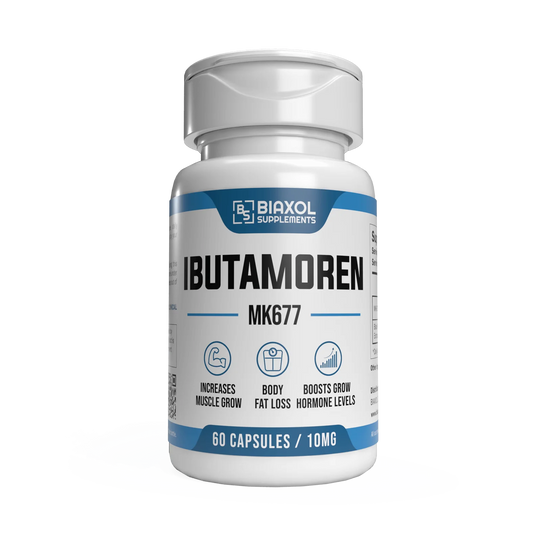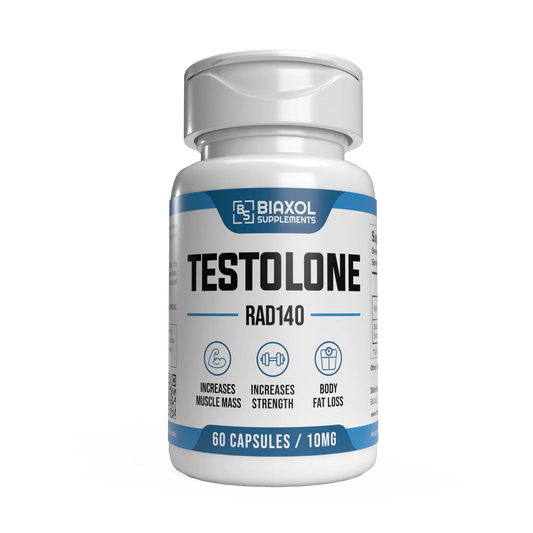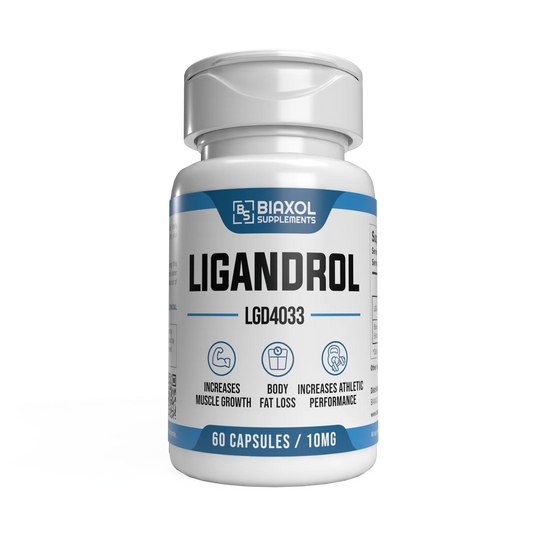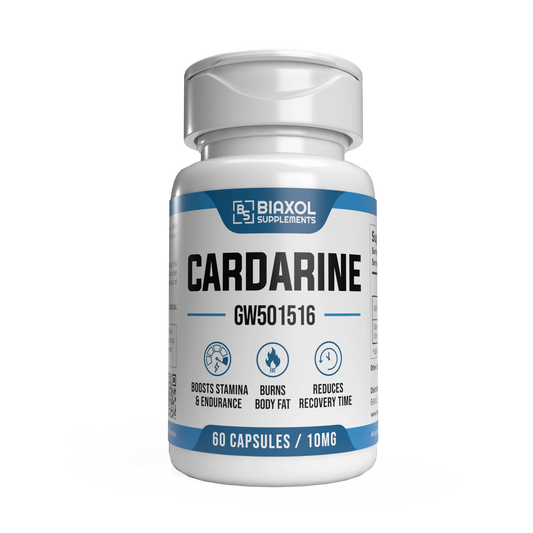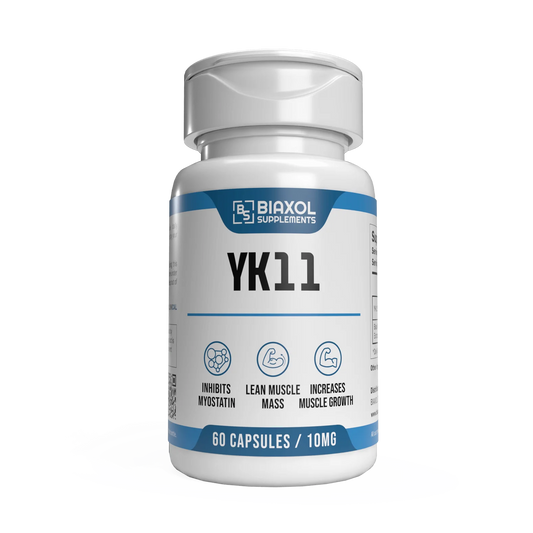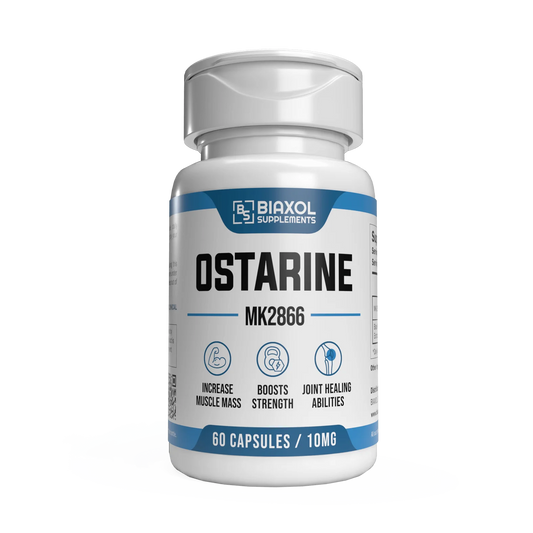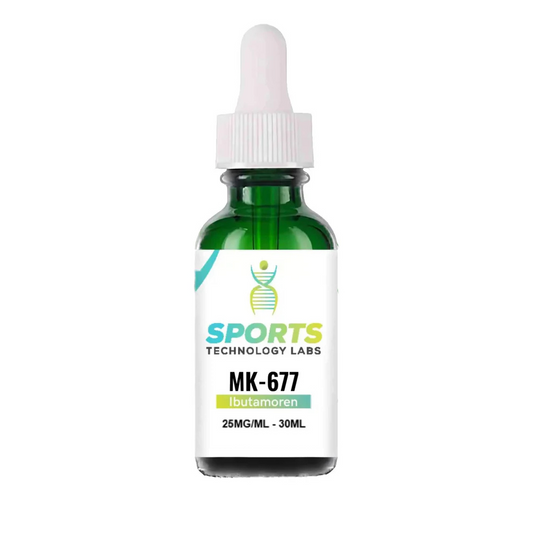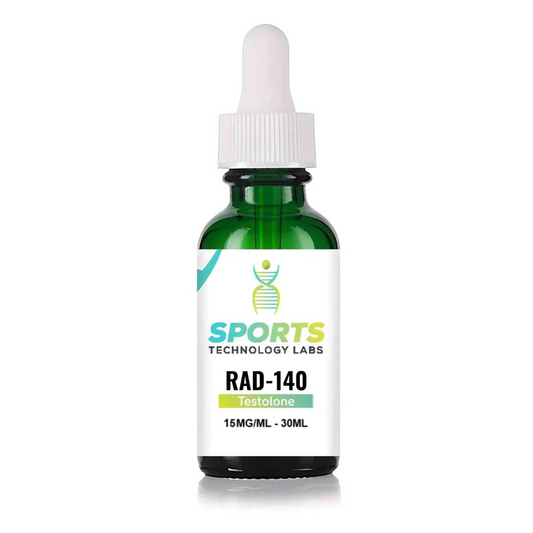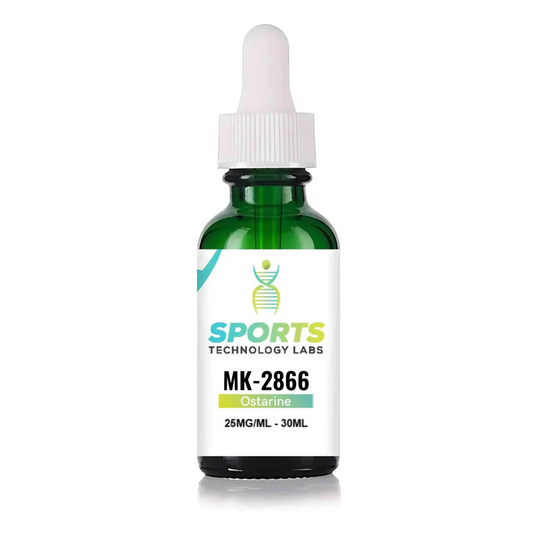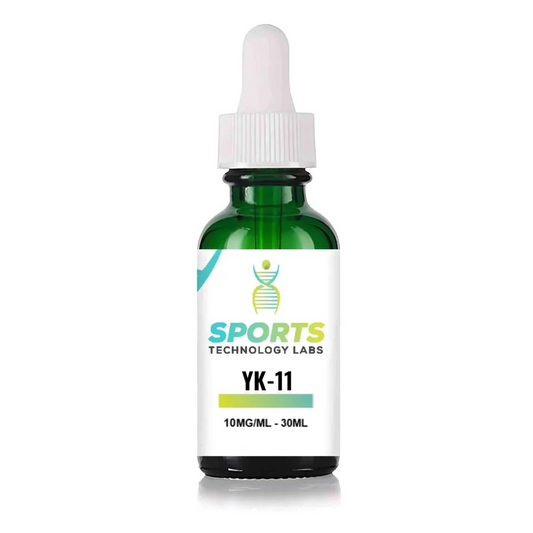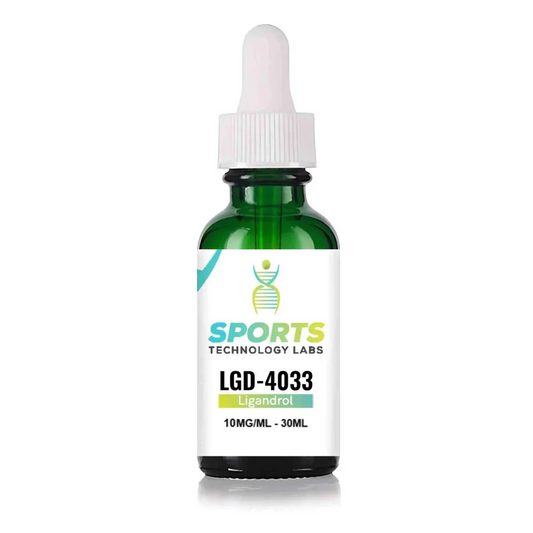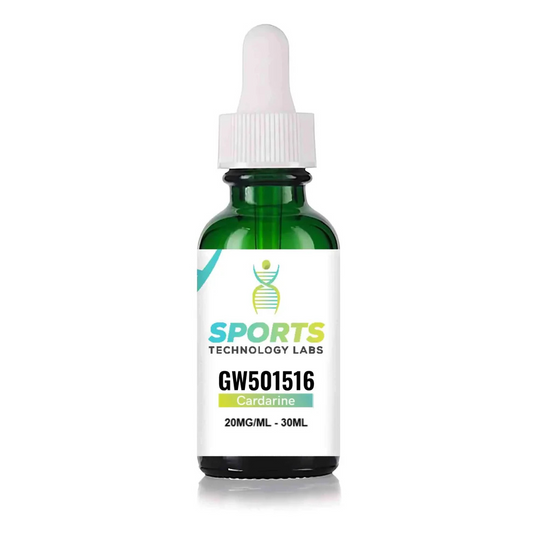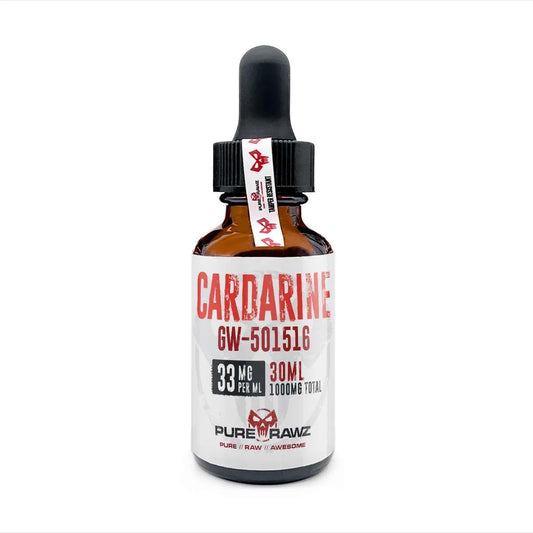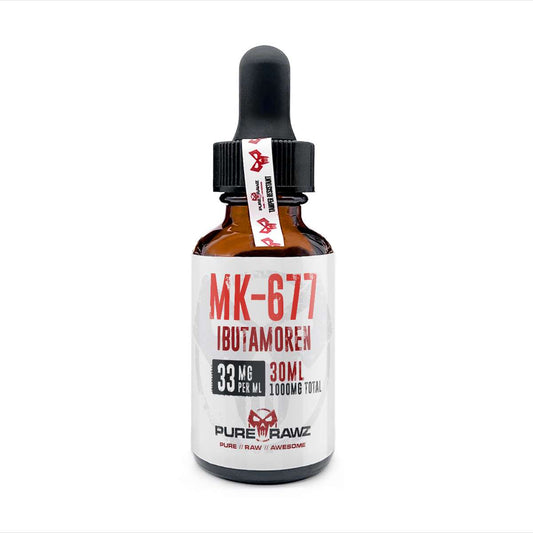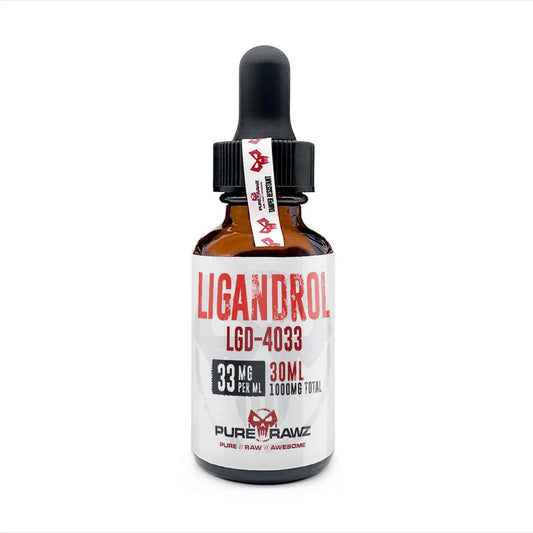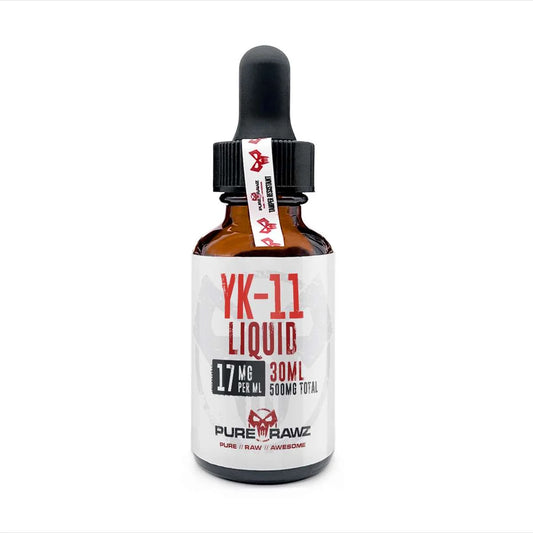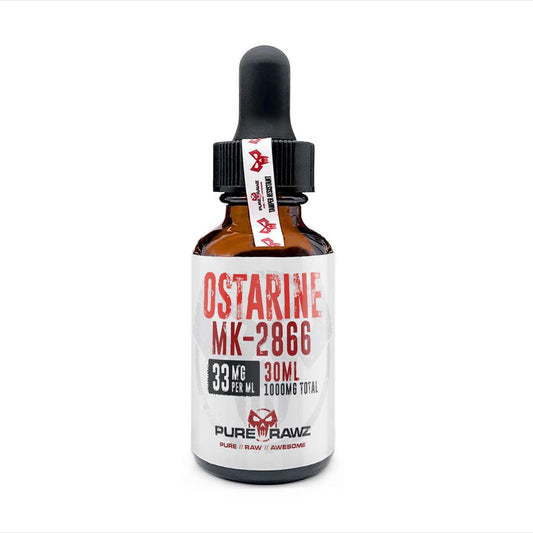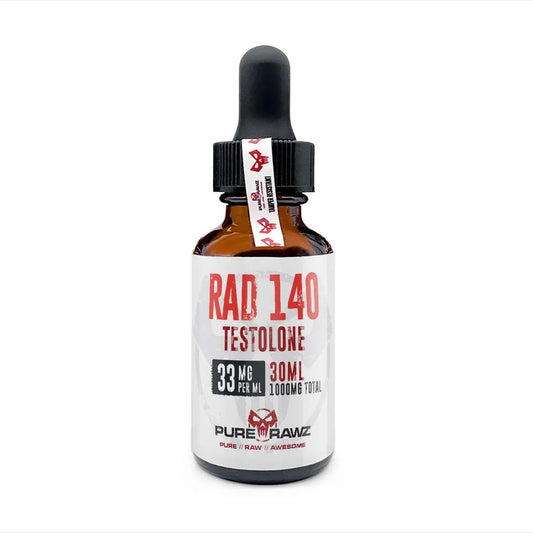The most researched SARM: MK-2866 (Ostarine)

MK-2866, also known as Ostarine is the most researched and most widely sought after SARM by scientists available. It was developed and researched as a potential aid to prevent cancer-related muscle wasting.
MK-2866 (Ostarine) and Muscle
Ostarine binds selectively to androgen receptors in muscle, connective tissue, and bone while avoiding receptors in the hair and prostate. Androgen receptors are programmed to receive information about steroidal hormones like testosterone and DHT.
By stimulating these receptors, Ostarine mimics the action of exogenous testosterone on muscles without the visible androgenic side effects of testosterone like hair loss or prostate growth. By 2007, Ostarine was in a Phase II clinical trial.
Testing
In 2011 a double-blind, placebo-controlled phase II trial focusing on older male subjects and postmenopausal female subjects showed statistically significant improvements in lean body mass, connective tissue health, and physical function with no significant adverse effects typical to steroids.
Subjects also did not display the type of bloating and edema that is common with growth hormone or growth-hormone producing products.
Research In Rats
In a recent study, researchers sought to investigate the effects of Ostarine on bone healing in ovariwctomized rats. They utilised Sprague-Dawley rats that were either ovariwctomized (Ovx, n=46) or left intact (Non-Ovx, n=10) at 3 months of age.
After an 8 weeks period, they created an osteotomy of the tibia metaphysis in all rats, and the Ovx rats were divided into four groups: untreated Ovx (n=10) and three Ovx groups (each of 12 rats) treated with Ostarine They analysed bone healing after a period of five weeks.
The findings revealed that the OS-4 dose significantly enhanced callus formation, increased callus density, accelerated bridging time of the osteotomy, and elevated alkaline phosphatase gene expression in callus and its protein expression in serum.
In contrast, most of the callus parameters were diminished in the Ovx group. All OS showed a significant increase in the weight of the gastrocnemius muscle, while only partially enhancing uterus weight in OS-0.4 and OS-4. Serum cholesterol levels were reduced, and serum phosphorus was elevated in OS-0.04 and OS-4.
Overall, the results suggest that Ostarine has a positive effect on early bone healing in ovariwctomized rats. Given its favourable effects on non-osteotomised bone and muscle, the study suggests Ostarine could be further explored as a therapy for osteoporosis.
It is to note that this study did not test the effects of body fat (regarding reduce body fat or increase body fat), muscle mass (regarding muscle loss, muscle wastage, or build muscle), insulin resistance, or heart health. Further testing on mice must occur on a selective basis to gain insight in these areas of study.
What Benefits of MK2866 are Researchers Studying and Why?
- The effect on lean body mass without androgenic or estrogenic side effects or edema.
- Most widely studied SARM.
- The effect on healing of muscle, bone, and connective tissue.
- The risk of virilization in female subjects.
AT THIS TIME, OSTARINE / MK2866 IS ONLY APPROVED FOR LABORATORY RESEARCH AND IS NOT SOLD FOR HUMAN CONSUMPTION.
Where to buy Ostarine
Hundreds of online sources claim to sell legit Ostarine. Many of these companies do not vet their raw materials.
SMART SARMS sells the best quality SARM brands guaranteed through strict quality control standards and every batch of our MK 2866 is third-party tested by laboratories for minimum 98% purity, the standard used by Universities and Chemical Suppliers around the world.
Abuse Warning
Ostarine Mk 2866 is an investigational compound still awaiting FDA approval and is not dietary supplements. At SMART SARMS we are chemical suppliers, not medical doctors, and our expertise is sourcing and quality control.
SMART SARMS does not encourage or condone consumer use of SARMs products, they are for research purposes only. Anecdotal reports and guides may not match those used in carefully designed medical research protocols and may pose a serious risk of adverse effects in users.
Individual variables, comorbidities, and polypharmacy can also contribute significantly to the risk of health problems.


